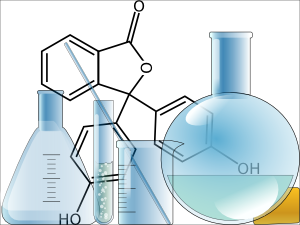 Lab Report Template
Lab Report Template
Title: * a brief, concise, yet descriptive title
Example: "Types of Invertebrates Found in Pond Water"
Introduction: (State the problem or question to be answered)
* What question(s) are you trying to answer?
* Not all experiments start with a question, some start with an observation and questions develop from further observations
* Include any preliminary observations or background information about the subjectExample: How many different types of insects are found in pond water? Does the location of the pond change the types of insects that live there? Does water quality affect the number of organisms?
Hypothesis:
* Write a possible solution for the problem or an explanation for the observation
* Make sure this possible solution is a complete sentence.
* Make sure the statement is testable, you may also include a null hypothesis.
Example: Ponds located near populated areas will have less organisms than ponds found in isolated areas.
Materials and Methods:
*Make a list of ALL items used in the lab. Alternatively, materials can be included as part of the procedure.
Example: Pond water, strainers, microscopes, field guides, petri dishes*Write a paragraph (complete sentences) which explains what you did in the lab as a short summary. Include the dependent and independent variables.
Example: Water was sampled from each pond and examined under the microscope. A field guide was used to identify the types of organisms found and estimations of numbers were recorded.
The manipulated variable is the pond location, the responding variable is the number of organisms.
Results (Data):
* This section should include any data tables, observations, or other information collected during the procedure.
* Organize data onto tables and charts.
* Graphs and charts should be labeled appropriately (X and Y axis)
* Do not explain of make inferences at this points.
Conclusions:
* Accept or reject your hypothesis.
* EXPLAIN why you accepted or rejected your hypothesis using data from the lab.
* Include a summary of the data - averages, highest, lowest..etc to help the reader understand your results. Try not to copy your data here, you should summarize and reference KEY information.
* List one thing you learned and describe how it applies to a real-life situation.
*Discuss possible errors that could have occurred in the collection of the data (experimental errors) and suggest ways the experiment could be improved.